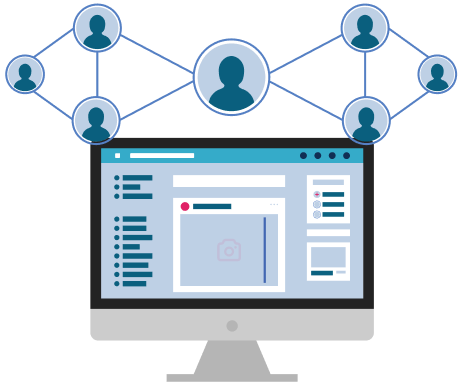What are Enterprise Agile Planning Tools?
Enterprise Agile Planning (EAP) tools are platforms designed to help large organizations scale Agile practices across teams, departments, and portfolios. Unlike traditional project management software, EAP tools provide a unified system for aligning strategy, execution, and delivery in real time. They enable enterprises to coordinate work efficiently, maintain transparency, and ensure every initiative contributes to overarching business objectives.
A strong Enterprise Agile Planning tool combines structure with flexibility. It supports multiple Agile frameworks such as SAFe, LeSS, and Nexus while offering built-in features for portfolio management, roadmap visualization, backlog prioritization, cross-team collaboration, and performance tracking. These capabilities help enterprises manage complexity, eliminate silos, and deliver value continuously.
By integrating real-time analytics and automation, modern EAP tools empower leadership and delivery teams to make data-informed decisions. The result is improved predictability, faster delivery cycles, and stronger alignment between business goals and team execution.
Why Enterprise Agile Planning Tools Matters
Adopting enterprise agile is no longer optional. It allows businesses to break down silos, improve communication, and deliver value faster. With the pace of change accelerating, agile helps teams stay flexible while staying aligned with strategic priorities.
It supports project and product delivery across departments, giving leaders better visibility into progress, risks, and outcomes. When applied at scale, agile brings alignment across the business and supports a workforce built for change.
Drive cross-functional collaboration
Enterprise Agile Planning tools break down barriers between departments by centralizing goals, roadmaps, and progress tracking. Teams can visualize dependencies, align with shared priorities, and stay focused on delivering outcomes that matter to the business. This interconnected approach enhances coordination across business units and fosters a culture of accountability.
Increase time-to-market
Speed is a defining advantage in modern enterprises. These tools streamline workflows, automate repetitive tasks, and provide real-time insights that keep projects on track. By aligning delivery with strategy and reducing manual overhead, organizations can release products and features faster—staying ahead of competitors and customer expectations.
Achieve continuous improvement
Continuous improvement is at the heart of agile success. With Enterprise Agile Planning tools, teams can analyze performance metrics, gather feedback, and refine practices after every iteration. Data-driven retrospectives and built-in analytics help identify opportunities for optimization, ensuring the enterprise evolves with every release.
Key Features of Enterprise Agile Planning Tools
Metronome–Orchestrated Agile™ exemplifies the capabilities of Enterprise Agile Planning tools, helping organizations manage projects and products from strategy through delivery. These tools improve communication, coordination, and transparency, allowing teams to focus on delivering value instead of manual tracking.
Built on SAFe principles, Metronome aligns teams with strategic goals while enabling agility at every level — from individual teams to entire portfolios.
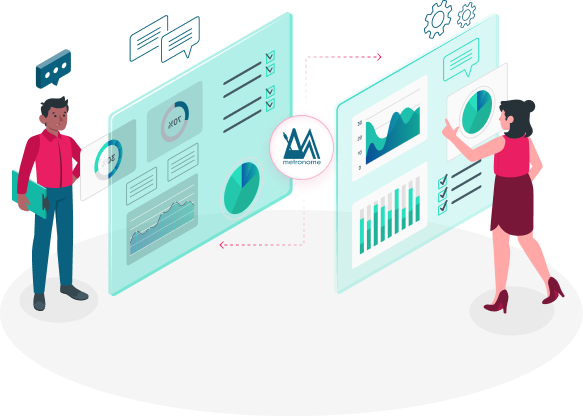
AI-Powered Agile Ceremonies
Agile ceremonies such as sprint planning, stand-ups, and retrospectives are central to team collaboration and iterative progress. Enterprise Agile Planning tools enhance these events by embedding AI into workflows, reducing manual tasks, and providing real-time insights. Teams can make faster, more informed decisions and increase the overall impact of agile practices.
Centralized Dashboard for Enterprise Visibility
The Metronome dashboard, inspired by the SAFe Big Picture, consolidates portfolios, ARTs, backlogs, teams, current Planning Intervals, and iterations into a single view. Stakeholders at all levels can quickly assess alignment, track work in progress, and prioritize actions without navigating multiple reports. This centralized visibility drives faster, data-informed decisions, improves collaboration across teams, and maintains continuous oversight of key initiatives.
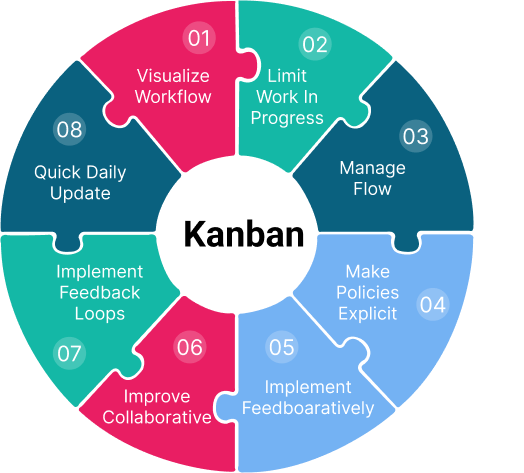
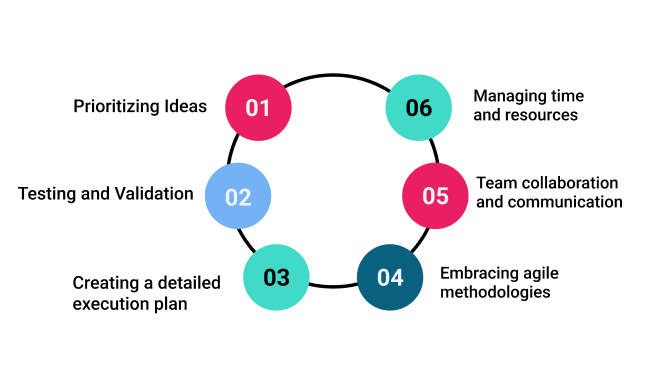
Simplified Planning Interval (PI) Ceremonies
Metronome streamlines the PI planning process with intuitive features such as:
- ART Kanban and ART Planning Board: Visualize story and feature dependencies across teams.
- Business and Actual Value Tracking: Set and monitor objectives for each PI.
- Cumulative Flow Diagram (CFD): Gain insights into work progress and bottlenecks.
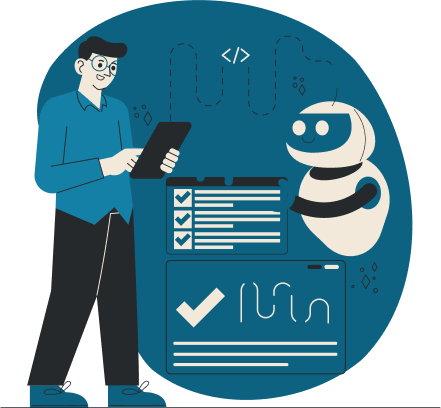
End-to-End Visibility of Work
Enterprise Agile Planning tools provide comprehensive tracking of epics, features, and stories. Teams can detect bottlenecks, recommend corrective actions, and maintain alignment with business priorities, enabling leadership to manage work with confidence and accelerate value delivery across the enterprise.
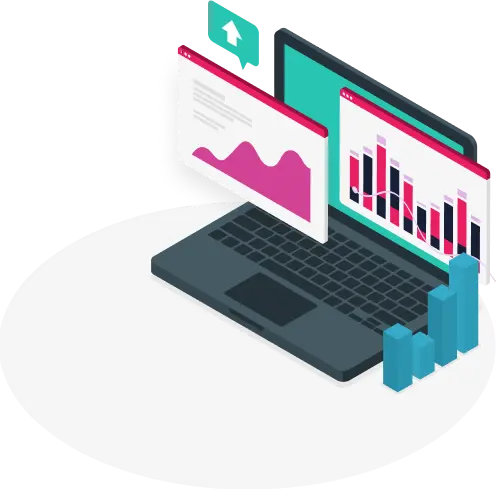
AI-Enhanced Analytics and Reporting
Deliver multi-level, customized reporting with real-time analytics that surface trends, anomalies, and actionable recommendations. From executives to delivery teams, these insights enable data-driven decision-making that strengthens performance and maximizes ROI.
Popular Frameworks Supported by Enterprise Agile Planning Tools
Enterprise Agile planning tools are designed to support the world’s most recognized Agile frameworks, enabling organizations to scale practices efficiently while maintaining alignment and quality. By integrating these frameworks into a single, cohesive platform, teams manage complexity, improve collaboration, and deliver value faster across the enterprise.
Enterprise Agile Planning tools enhance the effectiveness of each framework by centralizing communication, providing real-time reporting, and simplifying complex dependencies. This unified approach ensures that scaling Agile delivers measurable business outcomes without sacrificing flexibility or speed.
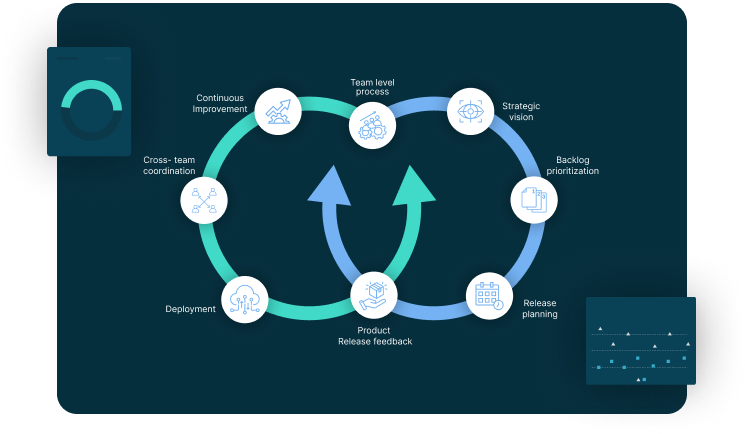
SAFe (Scaled Agile Framework)
The Scaled Agile Framework (SAFe_ helps enterprises coordinate multiple teams and manage large-scale initiatives effectively. Enterprise Agile planning tools like Metronome support SAFe by offering portfolio-level visibility, alignment, and governance across all Agile Release Trains (ARTs).
- Alignment: Enterprise Agile planning tools enable seamless alignment between strategic objectives and program-level goals through clear roadmaps and dependencies.
- Built-in Quality: Structured backlog management, sprint tracking, and integrated reporting help maintain consistent delivery standards.
- Program Execution: With real-time dashboards, blockers, and dependency tracking, teams gain the insight needed to manage risks early and improve predictability.
LeSS (Large Scale Scrum)
LeSS applies core Scrum principles across multiple teams working on a single product. It emphasizes simplicity, transparency, and continuous improvement.
- Single Product Backlog: Manage a unified backlog within an Enterprise Agile planning tool to ensure every team works toward shared goals.
- One Sprint, Multiple Teams: Coordinate sprint planning across teams using shared visibility into work progress, dependencies, and outcomes.
- Cross-Functional Collaboration: Foster stronger communication and flexibility by building teams capable of delivering end-to-end value.
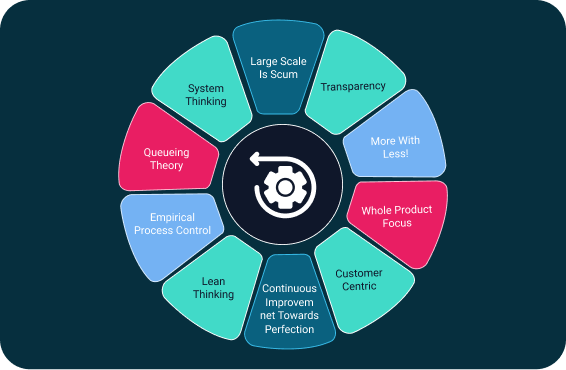
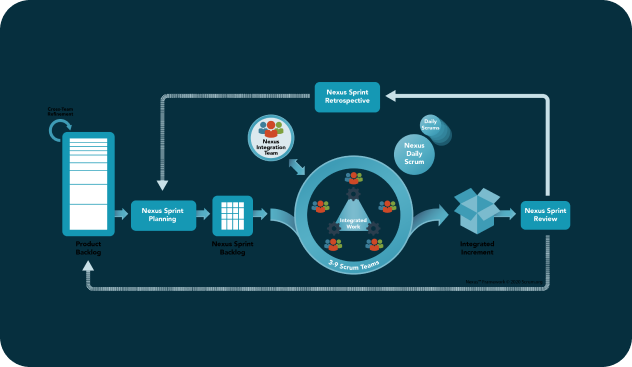
Nexus
Nexus introduces a coordination layer for multiple Scrum teams developing the same product. It focuses on integration, shared accountability, and synchronized delivery.
- Nexus Integration Team (NIT): Enterprise Agile planning tools support coordination integration across teams through dedicated visibility and dependency mapping.
- Unified Product Backlog: Maintain one prioritized backlog to eliminate duplication and streamline progress tracking.
- Nexus Sprint Planning: Coordinate cross-team sprint sessions, manage dependencies, and maintain focus on shared outcomes.
Roadmap: How Enterprise Agile Planning Tools Support Transformation
Transforming into an agile enterprise requires more than adopting new methodologies, it demands the right structure, leadership alignment, and tools that support continuous improvement. Enterprise Agile Planning tools serve as a roadmap enabler, helping organization plan, implement, and scale Agile practices effectively.
A successful enterprise agile transformation typically follows these key stages:
Assess
Organizational Readiness.
Identify current processes, communication gaps, and cultural barriers. Enterprise Agile Planning tools help leaders visualize where agility can deliver the most impact and measure readiness across teams.
Align Leadership And Define Vision.
Transformation begins at the top. By offering visibility into goals, initiatives, and dependencies, Enterprise Agile Planning tools ensure leaders share a unified vision and track progress toward measurable outcomes.
Train Teams and Establish Agile Practices.
Build strong foundations by equipping teams with the principles of iterative delivery, collaboration, and transparency. EAP tools reinforce this through structured workflows and real-time collaboration spaces.
Implement Agile Tools And Metrics.
Integrate Enterprise Agile Planning tools to centralize planning, execution, and reporting. Use real-time analytics to identify bottlenecks, manage capacity, and improve predictability across the enterprise.
Continuously Improve And Adapt.
Enterprise agility thrives on evolution. Regularly evaluate metrics, gather feedback, and use data insights from your Enterprise Agile Planning tool to guide adjustments and strengthen performance.
Benefits of Enterprise Agile Planning Tools
Adopting Enterprise Agile Planning (EAP) tools transforms how organizations operate — connecting strategic intent with measurable execution. Beyond improving visibility, these tools foster collaboration, adaptability, and speed, all of which are essential in today’s competitive digital environment.
Strategic Alignment and Transparency
EAP tools ensure that every initiative directly supports organizational goals. They connect portfolios, programs, and teams under a unified strategy, creating full transparency into objectives, timelines, and dependencies. This alignment enables leaders to make informed decisions and maintain clarity across all levels of delivery.
Accelerated Time-to-Market
By automating workflows and integrating planning with execution, Enterprise Agile Planning tools streamline delivery pipelines. Teams can release value faster without sacrificing quality, responding quickly to market demands and shifting priorities.
Improved Collaboration and Accountability
EAP tools bridge communication gaps between business and technology teams. Shared dashboards and planning boards make ownership clear, promote accountability, and encourage cross-functional collaboration, ensuring that all teams stay focused on shared outcomes.
Enhanced Forecasting and Risk Management
With real-time analytics, predictive insights, and data-driven forecasting, EAP tools help organizations anticipate risks before they escalate. This proactive visibility allows for timely course corrections, capacity adjustments, and improved resource utilization.
Continuous Improvement and Measurable RO
EAP tools enable a culture of continuous learning through feedback loops and performance tracking. Organizations can measure what works, refine processes, and achieve sustained ROI from their agile transformation initiatives.
Overcoming Obstacles with Enterprise Agile Planning Tools
Every organization faces challenges when scaling agile across departments. Resistance to change, limited visibility, disconnected teams, and inconsistent adoption often slow progress. However, Enterprise Agile Planning tools act as a unifying framework that helps overcome these barriers with structure, data, and transparency.
- Aligning Strategy with Execution
One of the biggest hurdles in enterprise agility is maintaining alignment between business objectives and delivery activities. EAP tools provide a single source of truth where leaders can connect high-level goals with team-level execution, ensuring every sprint and release contributes to measurable outcomes.
- Managing Dependencies Across Teams
As organizations scale, dependencies between teams and portfolios can create bottlenecks. Enterprise Agile Planning tools visualize these interconnections through shared boards, backlogs, and roadmaps, enabling proactive coordination and faster conflict resolution.
- Driving Adoption and Cultural Change
Adopting Agile at the enterprise level is as much about people as it is about process. Built-in guidance, templates, and analytics within EAP tools help reinforce agile behaviors, making it easier for teams to embrace iterative planning and adaptive decision-making.
- Maintaining Visibility and Governance
Without the right visibility, leaders struggle to track progress or evaluate ROI. EAP tools provide real-time dashboards and reporting capabilities that combine governance with agility, empowering leaders to make informed, data-driven decisions without slowing down delivery.
- Sustaining Momentum and Improvement
Agile transformation is not static. Continuous improvement depends on learning from data and adapting to change. Enterprise Agile Planning tools help track performance trends, detect inefficiencies, and provide insights that drive meaningful, incremental improvement across the enterprise.
Challenges
and
Solutions
Aligning Strategy with Execution
Managing Dependencies Across Teams
Driving Adoption and Cultural Change
Maintaining Visibility and Governance
FAQs on Enterprise Agile Planning Tools
Enterprise Agile Planning (EAP) tools are software platforms that help large organizations scale Agile practices across multiple teams, programs, and portfolios. They provide unified visibility into planning, execution, and delivery while aligning every level of the business with strategic objectives.
See How Enterprise Agile Planning Tools Transform Delivery
Unlock the full potential of agility at scale with Metronome–Orchestrated Agile™. Our Enterprise Agile Planning tools help organizations connect strategy to execution, improve collaboration, and deliver measurable business outcomes faster.
Experience the difference of unified visibility, AI-driven insights, and seamless coordination across teams, programs, and portfolios.
See how our Enterprise Agile Planning tools can help your teams deliver faster — Request a demo today!
Our Customers
Radus is dedicated to providing services and solutions which transform your Agency’s mission and your commercial firm’s business. Depicted below are some of our public and private sector customers.





